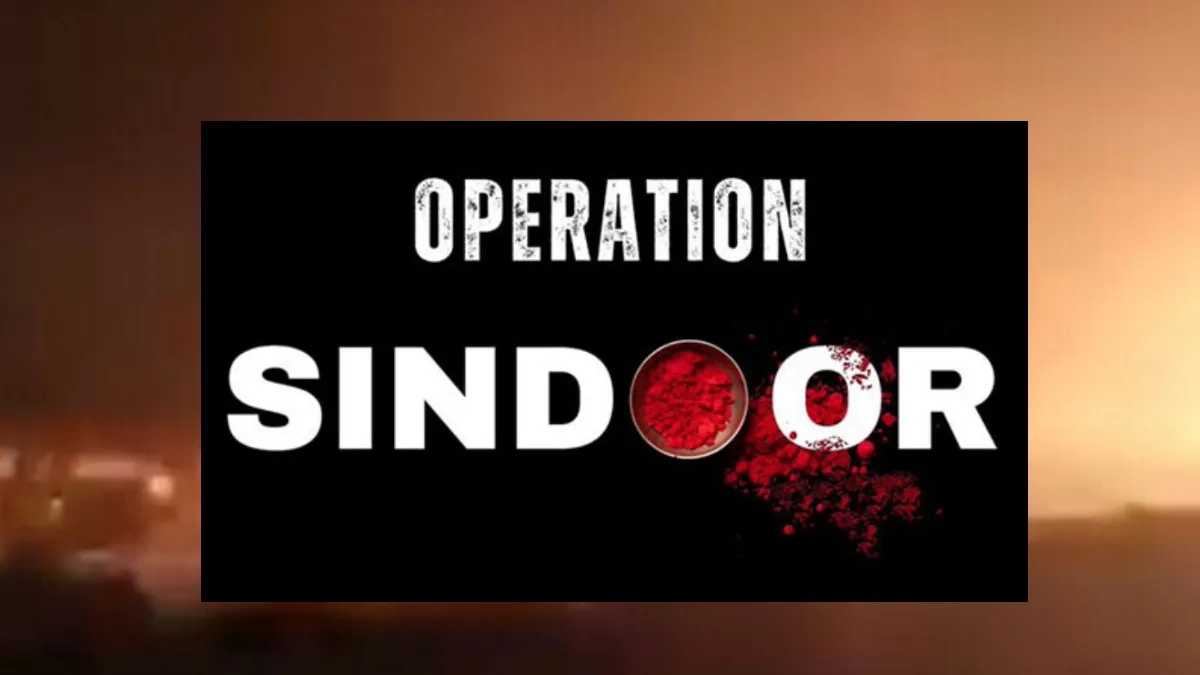India’s Operation Sindoor, while presented as a targeted counter-terrorism strike, has undeniably injected a new and potentially volatile dynamic into the already fraught relationship with Pakistan. The critical question now is whether this military action will remain a contained event or could trigger further escalation, leading to a broader conflict. Examining potential escalation scenarios across military, diplomatic, and informational domains is crucial to understanding the risks and formulating strategies for de-escalation and crisis management.
Military Escalation Scenarios:
The most immediate and palpable risk lies in military escalation. Several scenarios could trigger a further widening of the conflict:
Pakistan’s Retaliatory Military Response: Pakistan has vowed a “befitting response” to Operation Sindoor. The nature and scale of this retaliation will be a key determinant of future escalation. Potential responses could range from усилениеd artillery fire along the LoC and targeted cross-border strikes of their own to more ambitious military actions. The risk lies in India perceiving Pakistan’s response as a significant provocation requiring a larger counter-response, setting off a tit-for-tat cycle.
Escalation Along the Line of Control (LoC): The ceasefire violations already witnessed along the LoC could escalate further, involving the use of heavier weaponry assets, and potentially ground incursions by either side. A localized military engagement could inadvertently spiral out of control due to miscalculation or a breakdown.
Targeting of Strategic Assets: While highly unlikely, any targeting of strategic assets or major population centers by either side would represent a significant and dangerous escalation, potentially crossing thresholds that could lead to a much wider conflict.
Naval or Air Confrontation: The conflict could potentially expand beyond land borders into the naval and aerial domains. Any engagement involving naval assets in the Arabian Sea or air incursions into each other’s airspace could dramatically raise the stakes.
Exploitation of Existing Flashpoints: Existing areas of contention, such as Siachen Glacier, could become focal points for military activity as both sides seek to gain a strategic advantage.
Diplomatic Escalation Scenarios:
Beyond military actions, diplomatic missteps and breakdowns could also contribute to escalation:
Severance of Diplomatic Ties: A complete severing of diplomatic relations by either India or Pakistan would eliminate crucial channels of communication and crisis management, making de-escalation significantly more challenging.
Failed International Mediation Efforts: If international efforts to mediate and de-escalate tensions fail or are perceived as biased by either side, it could lead to distrust and a greater reliance on military options.
Mobilization of International Opinion: Both India and Pakistan are actively trying to garner international support for their respective narratives. A failure to win over key global players or a perception of being isolated internationally could embolden one side to take more drastic actions.
Withdrawal from Bilateral Agreements: A unilateral withdrawal from existing bilateral agreements aimed at managing border tensions or preventing conflict could undermine stability and increase the risk of miscalculation.
Informational Escalation Scenarios:
The information war surrounding Operation Sindoor also carries the risk of contributing to real-world escalation:
Uncontrolled Spread of Disinformation: The spread of false information through media and social media could inflame public opinion and create pressure on governments to take stronger action.
Hate Speech and провокационный Rhetoric: Unrestrained hate speech and rhetoric in the media and by political figures could further poison the atmosphere and make de-escalation more difficult.
Cyberattacks on Critical Infrastructure: While not a direct military action, significant cyberattacks on critical infrastructure could be viewed as an act of aggression and trigger a conventional military response.
Psychological Operations: psychological operations aimed at destabilizing the other side’s population or military could escalate tensions and lead to misperceptions.
Factors Mitigating Escalation:
Despite the potential for escalation, several factors could work towards preventing a wider conflict:
Nuclear Deterrence: The presence of nuclear weapons on both sides acts as a significant deterrent against large-scale military conflict. The fear of catastrophic consequences compels both nations to exercise a degree of caution.
International Pressure: Strong and unified calls for restraint and de-escalation from the international community, particularly from major global powers, can exert significant pressure on both India and Pakistan.
Channels of Communication: Despite the current tensions, existing military and diplomatic channels of communication, even if strained, can still play a crucial role in preventing misunderstandings and managing crises.
Domestic Constraints: Economic pressures and the potential for domestic instability could constrain the appetite for a protracted and costly military conflict in both countries.
Adherence to Existing Agreements: Both sides, despite the current tensions, might adhere to existing agreements aimed at preventing the escalation of border incidents.
Potential De-escalation Pathways:
Identifying potential pathways for de-escalation is crucial:
Unconditional Dialogue: The resumption of unconditional dialogue at the diplomatic level, even if initially at a lower level, can help to address concerns and explore ways to de-escalate tensions.
Third-Party Mediation: Willingness from both sides to accept third-party mediation by neutral actors or international organizations could provide a pathway for de-escalation.
*Communication Channels: existing military hotline communication and establishing new channels specifically for crisis management can help prevent misunderstandings.
Transparency and Verification Mechanisms: Agreeing to transparency measures regarding military movements and allowing for independent verification of claims could build trust and reduce the risk of miscalculation.
Focus on De-escalatory Rhetoric: A conscious effort by political and military leaders on both sides to adopt a more measured and de-escalatory tone in their public statements can help to lower tensions.
Conclusion: Walking a Knife’s Edge
Operation Sindoor has placed India and Pakistan on a precarious path, with the potential for further escalation looming large. While military, diplomatic, and informational triggers could lead to a widening of the conflict, several mitigating factors and potential de-escalation pathways exist. The coming days and weeks will be critical in determining whether the two nuclear-armed neighbors can navigate this crisis responsibly. The international community’s vigilance and proactive diplomatic engagement will be crucial in steering the situation towards de-escalation and preventing a catastrophic outcome.

